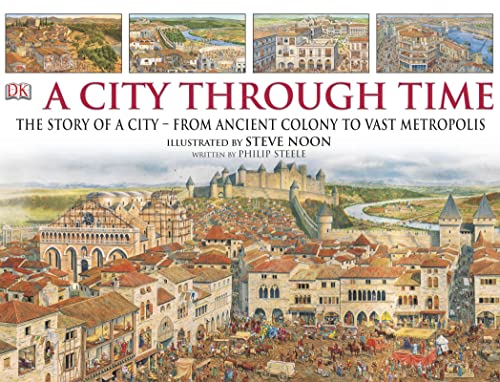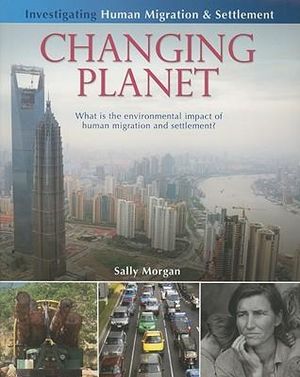

 A city through time
by
A city through time
by
 Metropolis : ten cities, ten centuries
by
Metropolis : ten cities, ten centuries
by
 Sustainable cities
by
Sustainable cities
by
 Population patterns : What factors determine the location and growth of human settlements?
by
Population patterns : What factors determine the location and growth of human settlements?
by
 Urban sprawl
by
Urban sprawl
by
 Towns and cities
by
Towns and cities
by
 Changing planet : What is the environmental impact of human migration and settlement?
by
Changing planet : What is the environmental impact of human migration and settlement?
by
Megacities uncovers the rapid growth, new forms of spatial density of population, formal and informal economics as well as poverty, crime, and high levels of social fragmentation.
Timestamps:
00:22 Tokyo, Japan
12:07 São Paulo, Brazil
22:57 Cairo, Egypt
32:14 Mexico City, Mexico
40:42 New York City, New York, United States of America
53:49 Dhaka, Bangladesh
01:00:48 Paris, France
National Geographic: the age of megacities
Today the world has 28 megacities, according to the United Nations, and that figure is projected to increase. Explore 10 of today's largest cities with this ESRI story map.
Trek the world virtually with Google Maps Street View. Your online journeys can show you sites of cultural, historical, and geographic significance.
Where's the best place to live?
This collection of media resources focuses on the liveability of places, particularly cities. But what makes one place ‘more liveable' than the next? Find out about the factors that influence the liveability of different places and what can be done to improve the liveability of our urban environments.
An article from Reset defining a megacity and discussing some of the issues associated with megacities.
World Population History: Urbanization & the megacity
Discusses the history of urbanisation and how it led to the rise of the megacity, and some of the benefits and problems associated with megacities.
Water is one of the world's most important resources and over seven billion people across the planet rely on it. This collection looks at why global scarcity of water is a serious concern and what we can do in our homes and gardens to conserve it.
City populations change sizes over time, some increase, and others decrease as industries or climate change. Select a city and explore how its population has changed and how experts expect it to change.
This site lists the most populous cities in the world in order.
This website provides charts and tables of population level and growth rate for different cities across time. United Nations population projections are also included through the year 2035.
The 100 million city: is 21st century urbanisation out of control?
Projections suggest cities will swell at an astonishing pace – but whether that means our salvation or an eco-disaster is by no means certain